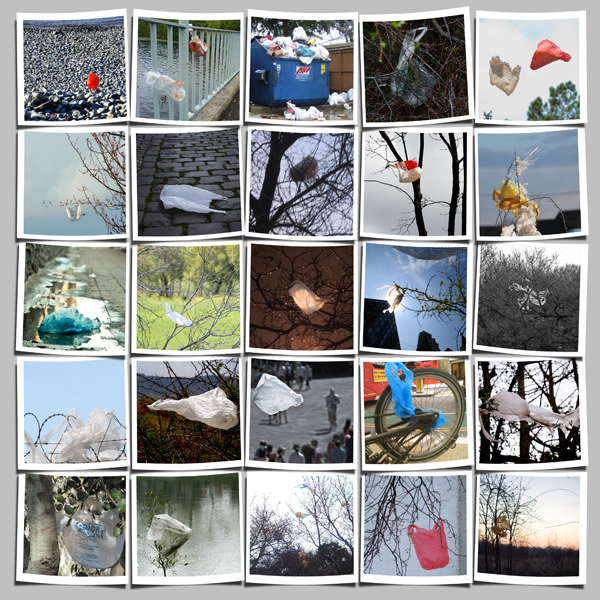We didn’t have a Wal-Mart near me growing up in the Midwest. My first real exposure to Wal-Mart came from watching the documentary Store Wars: When Wal-Mart Comes To Town. In case you haven’t seen the film, it pits the big, nasty retailer versus the small town, little guy. Since then I’ve felt guilty when I do shop there. However after last week, I have a somewhat enlightened perspective.
Last week I was invited to participate in a sustainability meeting with Wal-Mart executives and leading California environmentalists. Wal-Mart wanted to better understand the nexus between our initiatives and their company initiatives. Specifically, I wanted to push the retailer on moving away from single-use bags and supporting AB 298, the single-use plastic bag ban bill (Ed. Note: AB 298 did not pass the state senate).
I was pretty surprised by all that the retailer is doing that coincides with many environmental issues. For instance, Wal-Mart is aiming to be zero waste in its stores – 80% of the waste that previously went to landfills is now diverted. Company officials also have a goal for their stores using 100% renewable energy; in fact one of their distribution sites just got its own wind turbine. They work directly with local farmers and source produce, which they characterize as a “no brainer.” As the largest retailer in the world, Wal-Mart has the advantage of scale. If the stores want an organic cotton t-shirt at the same price point as a regular cotton t-shirt, a supplier will typically step up to the plate.
Will a huge company really put the environment first? Probably not. Could they and should they do more? Of course! However, Wal-Mart has found that pollution and conflict (i.e. lawsuits) are expensive. Also they realize that a local tomato tastes a whole lot better (and is less costly to ship) than a tomato from the other side of the world. In other words, the smart choices for the environment don’t necessarily conflict with smart choices for a business. Hopefully many other businesses will come to this same conclusion.
As for AB 298, the execs were non-committal. I’m hoping they will come around and realize that reusables are also smart for business. In the meantime, they did ask us to give them some suggestions for promoting reusables in their stores. So, that’s a start!
— Kirsten James
Water Quality Director, Heal the Bay
You can learn more about the cost of single use plastic bags in California. Learn more.
Your donation can help Heal the Bay continue impactful advocacy programs. Please donate now.




